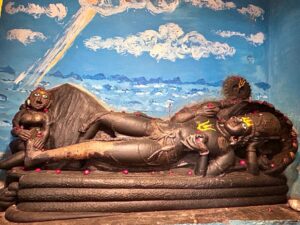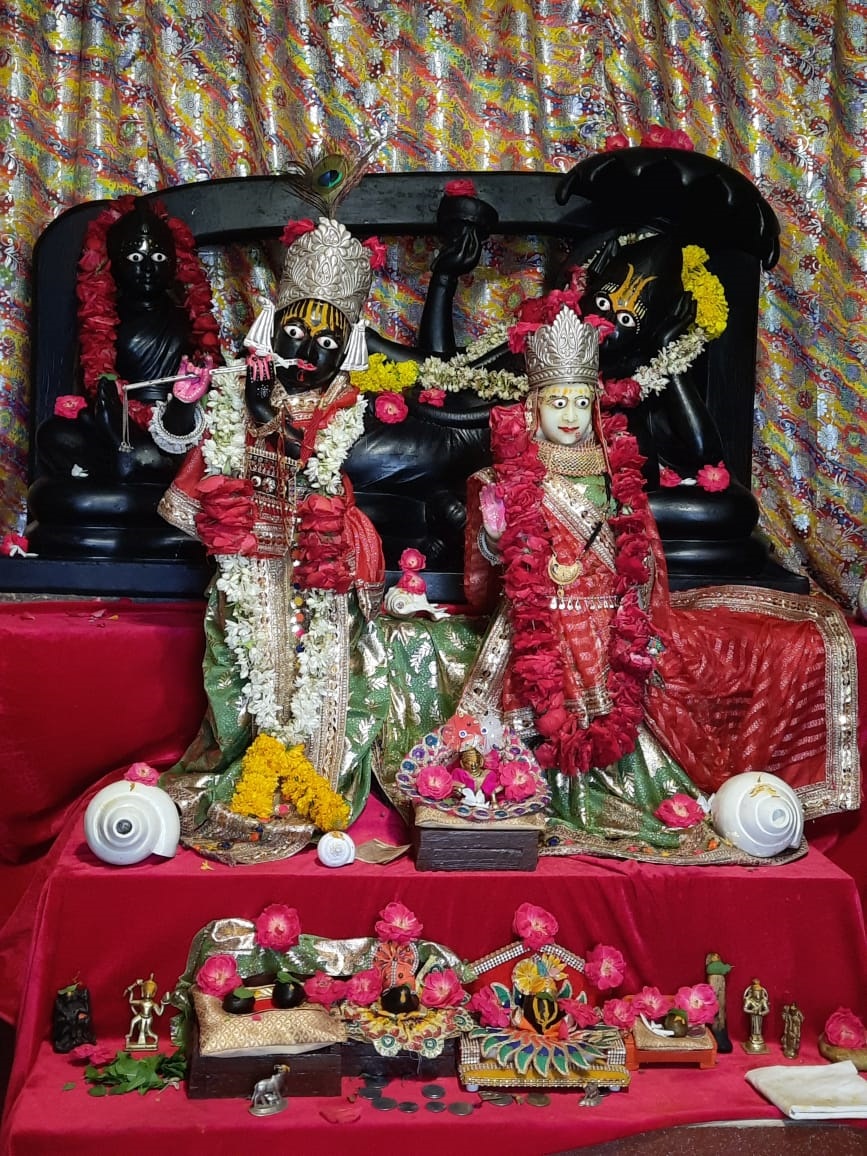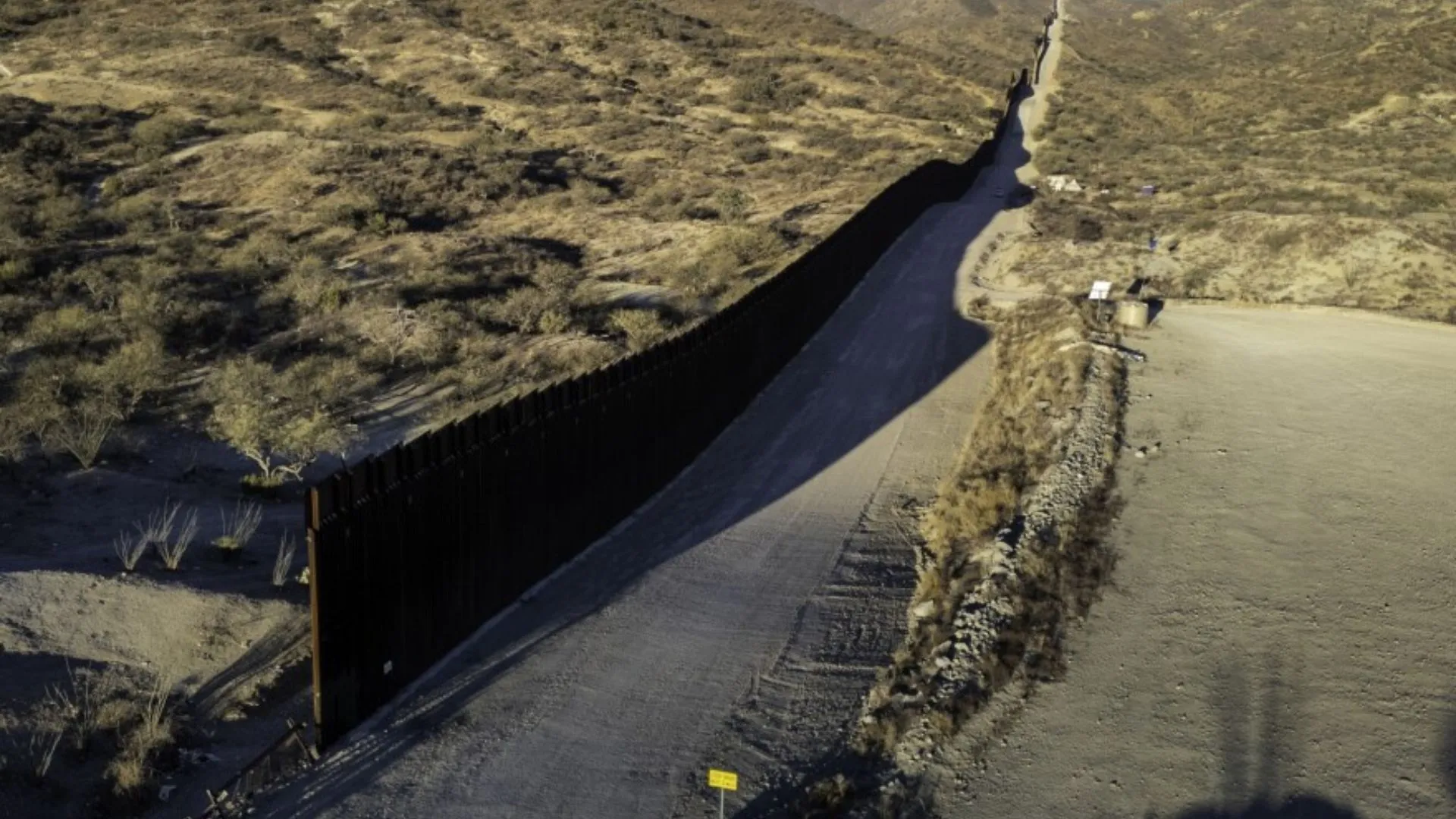In Aryavarta, India’s culture encapsulates the entire world, with Indian culture influencing various countries across continents, including Asia. Historians haven’t definitively established when idol worship began. Even in Ramcharitmanas, the initial meeting of Lord Ram and Sita occurred when they visited the Gauri temple, dating back over 7,000 years.
Pushkar, a significant pilgrimage site, remained Brahma Ji’s creation spot, where he meditated and created the universe. It’s believed that the oldest idol of Lord Shri Hari exists in Pushkar, marking the commencement of idol worship globally. Its age exceeds 41,075 years, with carbon dating indicating more than 4100 years. In Surajkund village, about 8 kilometers from Pushkar, a 10-foot-long idol of Lord Shri Hari lies in a reclining posture in the Ksheer Sagar, holding a mace, discus, lotus, and conch in his hands.
This colossal black stone idol depicts Lord Vishnu reclining on the rare nine-hooded Sheshnag, providing shade, while Goddess Lakshmi presses his feet. This ancient statue carved from black stone is the world’s oldest idol.

According to Sanskrit scholars and the temple’s priest Mahavir Vaishnav, the Surajkund temple also houses a 400-year-old idol of Radha Krishna. Daily worship with hymns occurs in this temple, performing morning Vishnu Sahasranama and evening Gopal Sahasranama. This temple was previously surrounded by an estate encompassing 52,000 villages. The neighboring villages, reminiscent of Dwarka’s Braj Chaurasi during the Dwapara era, were named Bhagwanpura, Kishanpura, Nand, Banseli, and Surajpura.
The Kanbay area, where Lord Vishnu blessed Lord Brahma, is considered the genesis of creation. It is believed that after Lord Vishnu’s blessings, Prajapati Brahma performed yajna and initiated creation. Near this place stand Ajagandheshwar Mahadev, Kakadeshwar Mahadev, and Makadeshwar Mahadev temples established by Lord Brahma, which still exist. This site also houses the hermitage of Chyavana Rishi and the spot where Bharat, the son of Shakuntala, played.
After the churning of the ocean, Raja Indra and seven sages praised Goddess Mahalakshmi to please her and receive blessings for the earth’s inhabitants. They offered sugarcane juice as a tribute, pleasing Goddess Mahalakshmi at this place.
Special Facts about the Shri Hari Temple at Kanbay:
1. It is the first place of Lord Vishnu’s appearance on Earth during Satyug.
2. Lord Brahma resided here after creation and during the yajna.
3. Lord Vishnu meditated here for 10,000 years, and Lord Shiva for 9100 years.
4. Idol worship in the eternal Sanatan Dharma began here during Treta Yuga.
5. Lord Shri Ram performed his father’s shraddha here and resided for a month.
6. Lord Shri Krishna visited Pushkar during Dwapara Yuga.
7. Lord Shri Hari’s reclining form at Ksheer Sagar in Kanbay is the starting and finishing point of Pushkar’s 24-kos parikrama.
Trayodashi is a significant day when people bathing at the Triveni Sangam during Brahma Ji’s yajna receive special significance and blessings by witnessing Lord Vishnu’s sacred presence in the water.
The author is a senior officer of Rajasthan Administrative Service. He is currently working as Registrar in Rajasthan Civil Services Appellate Tribunal.























